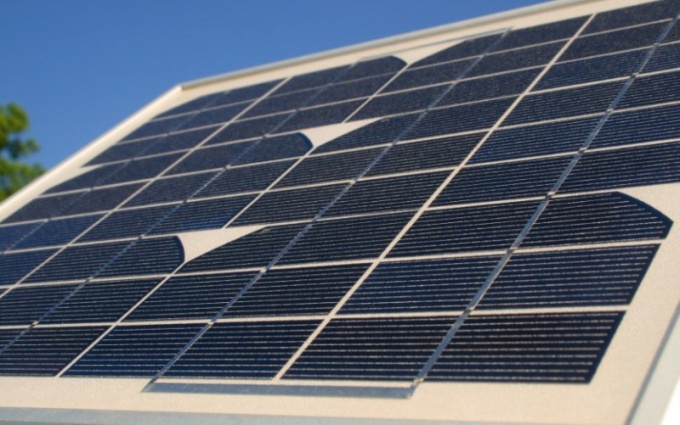Instruction
1
Buy flashlight with built-in electric generator. Try not to run into a fake: sometimes under the guise of such sold flashlights, batteries, and the generator is fake. Do not confuse them with lights, where with a switch you can select power mode: from batteries or from a generator. Carefully disassemble the lamp, the output leads from the generator, then assemble the unit in reverse order. Now, outside connecting the rectifier with the filter, you can generate electricity for proper voltage low-power loads. If instead the lantern used bike with the generator, the rectifier will have to use a half-wave, since one of the conclusions of a Dynamo connected to a Bicycle frame.
2
Take a electric motor from a children's toy and attach to its shaft a propeller with a diameter of about 15 centimeters. In the wind this design will generate electricity. Although the output voltage motors and DC but it is pulsating. Just connect the filter capacitor in parallel this generator is not enough, need half-wave rectifier preventing discharge of the capacitor through the motor in the pauses between pulses. If the device you plan to charge the batteries, the rectifier is also needed (it will replace the relay reverse current) and you'll need a resistor or light bulb to limit the charge current to an acceptable value.
3
Solar battery with high efficiency at home it is impossible to make. You can just make an inefficient solar cell on the copper oxide, or buy ready-made silicon solar battery connected in parallel a lot of diodes in glass housings, good pervious to light (such as D2). One single solar cell produces a voltage of about 0.5 V and the maximum load current depends on the area of the device. To get more current, connect the elements in parallel and to obtain a higher voltage consistently. Allowed and combined series-parallel connection to increase the voltage and current. If the solar cell will charge the battery as in the previous case, consider the diode to prevent battery discharge through the solar when there's no light and current limiting resistor or a light bulb.
4
To make the thermocouple, take two copper wires, each of them calcined in the flame of a candle, to obtain a layer of oxide, and then secure them in a fireproof holder cross pattern so that they barely touch each other at the crossing point. Heat one of the wires red-hot, and keep cold — there will be tension. If you connect in series several dozen thermocouples, they can be powering the led, and if you heat them burning garbage, they produce electricity will be free. However, the efficiency of such an installation will succeed is extremely low.
Note
Observe polarity when connecting the batteries and electrolytic capacitors. Do not exceed the current charge and the voltage on them. Do not build high-voltage design, if you do not have experience with them. Be careful with fire.
